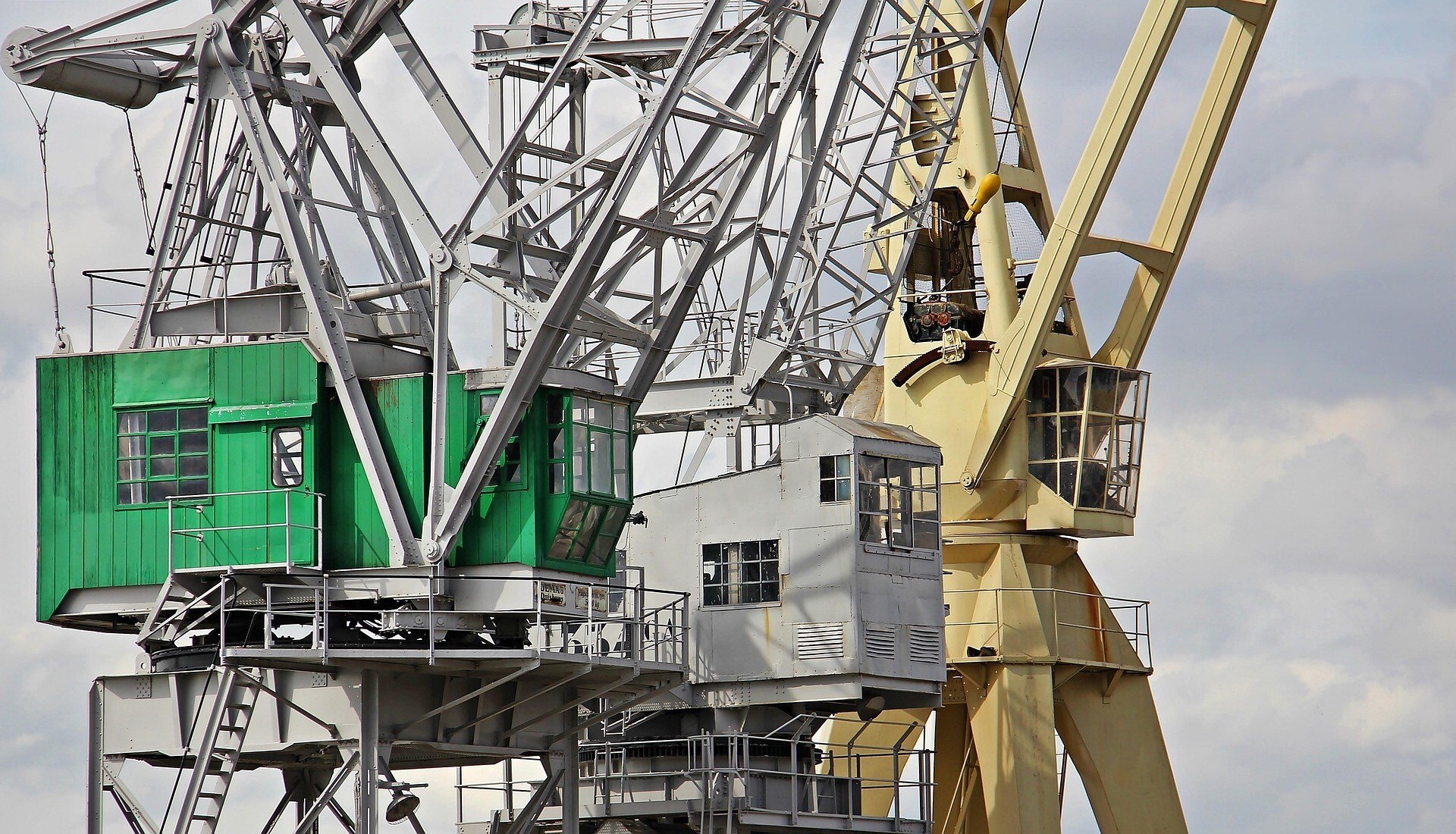

In late October 2025, the quarterly surcharge for imported primary aluminium into Japan was assessed at USD 86 per tonne (CIF main Japanese ports, P1020/P1020A ingot) by S&P Global Commodity Insights (Platts) — a 20.4 per cent drop from the Q3 figure of USD 108 per tonne. The decline, which came after a 41 per cent plunge in Q3 from the Q2 level of USD 182 per tonne, is a clear sign of weakening in Japan’s role as the region’s aluminium-import benchmark and highlights pressure points for exporters, especially in Asia.
 Image for referential purposes only
Image for referential purposes only
Also read: Japan’s aluminium can demand holds at 2.09 billion units in 2025
Benchmark context and mechanics
MJP (Main Japanese Port) aluminium premium is a quarterly negotiation between Japanese buyers and overseas suppliers for CIF shipments of standard primary aluminium ingots into Japan. This amount has historically been used as the benchmark price for imported metal surcharges throughout Asia.
Concerns about supply (high alumina costs, changes in Chinese policy) and global risk dynamics caused the premium to spike to USD 228 per tonne in Q1 2025, the highest level in years. But since then, the trajectory has reversed sharply: Q2 at USD 182 per tonne (down 20 per cent Q-o-Q), Q3 at USD 108 per tonne (down 41 per cent), then Q4 at USD 86 per tonne (down 20 per cent).
What’s driving the collapse? Three core forces are at work.
One is the weak domestic demand in Japan. Japan’s consumption of primary aluminium and semi-finished products is under strain. For Q4, Platts cited weak demand from the building & construction and automotive sectors. Separately, industry commentary notes that Japan’s domestic aluminium output and shipments have fallen year-on-year since May 2025, owing partly to elevated U.S. tariffs and weak end-market orders.
Responses








